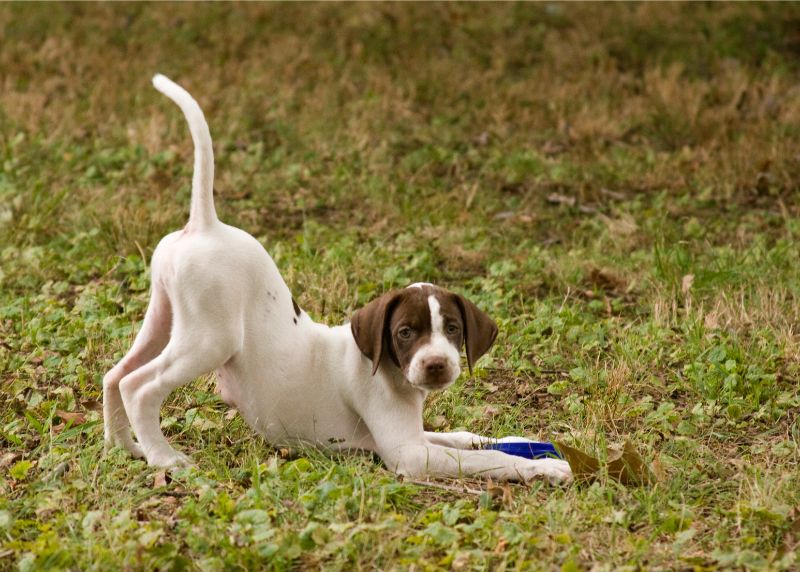
Unlocking the Keys to Dog Body Language

Every dog owner thinks they know what their dog needs and wants, and most of the time, you’re probably right! Humans and dogs have been evolving together for over 14,000 years, so it’s no surprise that we’ve become pretty skilled at reading each other’s emotions.
However, even if you’re fairly certain that you and your dog have excellent communication, there may still be a thing or two you can learn about these familiar, yet mysterious creatures. Dog body language is more nuanced than many people realize, and understanding it is the key to leading a harmonious life with your dog.
Reading Dog Body Language
Dog communication can be subtle at times, but with practice and careful observation of your pet’s face, ears, posture, and tail, you can become an expert in no time. We’ve broken down the basics of dog body language to get you started:
- Happy/confident – Relaxed, happy dogs are pretty obvious. Their head is held high with ears perked, and their mouth may be slightly open and relaxed (tongue may be hanging out). Their tail is either wagging, curled, or hanging down and relaxed-looking.
- Playful/excited – Excited dogs generally look happy (see above) and may be running around excitedly, wagging their tail rapidly. Dogs who want to play or interact with you or another dog will often assume a “play bow” with the front legs stretched forward, head up, and rear end high in the air.
- Alert/curious – When a dog sees or hears something they want to investigate, you’ll probably see their ears moved forward, mouth closed, and tail up or straight back.
- Fearful/anxious – Anxious or fearful dogs may have their ears held partially back, head lowered, and exhibit tension with their posture and tucked tail. Yawning, lip licking, and showing the whites of the eyes (whale eye) are also indications of stress and fear. Fearful dogs may whine, growl, or bare their teeth in self defense. Fear can quickly turn into aggression in dogs.
- Aggressive – Aggressive dogs will plant all four feet firmly on the ground and may lunge forward. Their eyes will be narrowed, their tail either straight back or up (and may be wagging), and the hairs along their spine may be raised. Dogs may bark, growl, or lunge out of aggression.
Who’s That Dog?
Understanding when a dog senses a threat can help protect you and your dog from potentially dangerous situations. Always use caution when approaching an unfamiliar dog, even if they seem happy and confident. Ask the owner’s permission before petting their dog, and never reach out to touch a dog who’s tied up or behind a fence.
If you have additional questions about dog body language or would like to schedule an appointment for your own expressive pup, please don’t hesitate to contact the team at Arlington Animal Hospital.
Contact Us!
2301 Columbia Pike #G-1, Arlington, VA 22204
Phone: (703) 920-5300
Fax: (703) 685-8860
Email: info@myarlingtonvet.com
Office Hours
-
Monday
8 a.m. – 8 p.m.
-
Tuesday
8 a.m. – 8 p.m.
-
Wednesday
8 a.m. – 6 p.m.
-
Thursday
8 a.m. – 6 p.m.
-
Friday
8 a.m. – 6 p.m.
-
Saturday
8 a.m. – 2 p.m.
-
Sunday
CLOSED
- Doctors’ hours are by appointment only.



